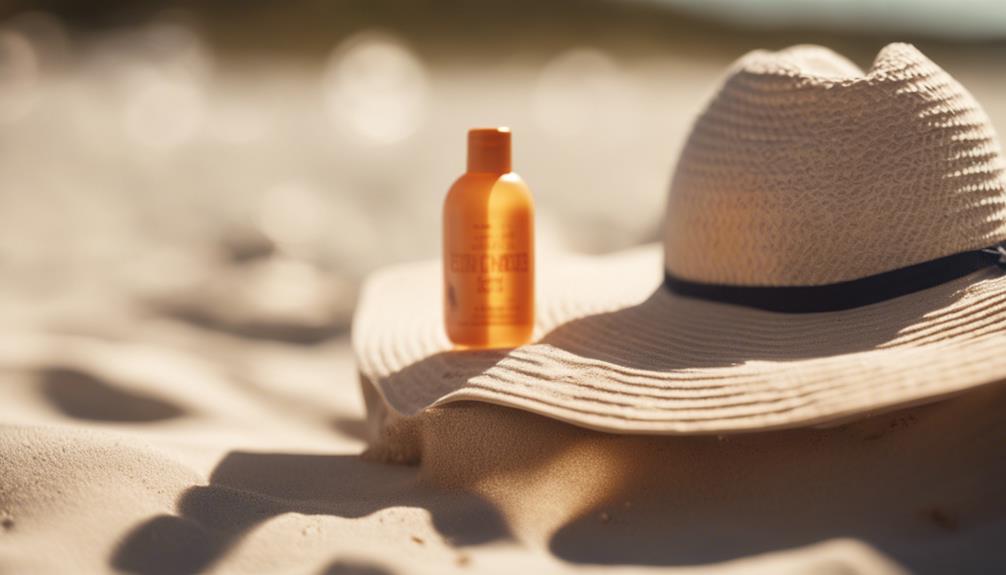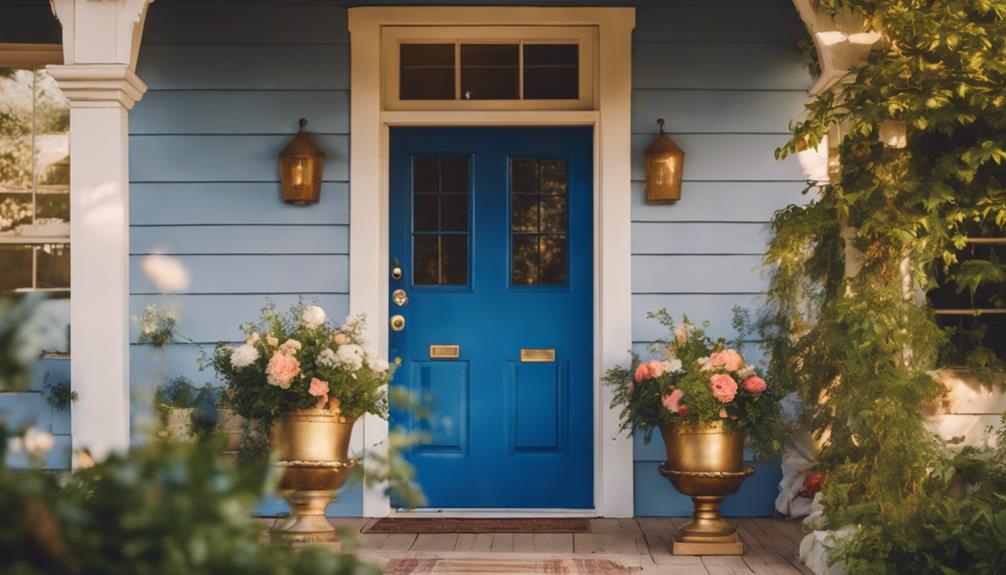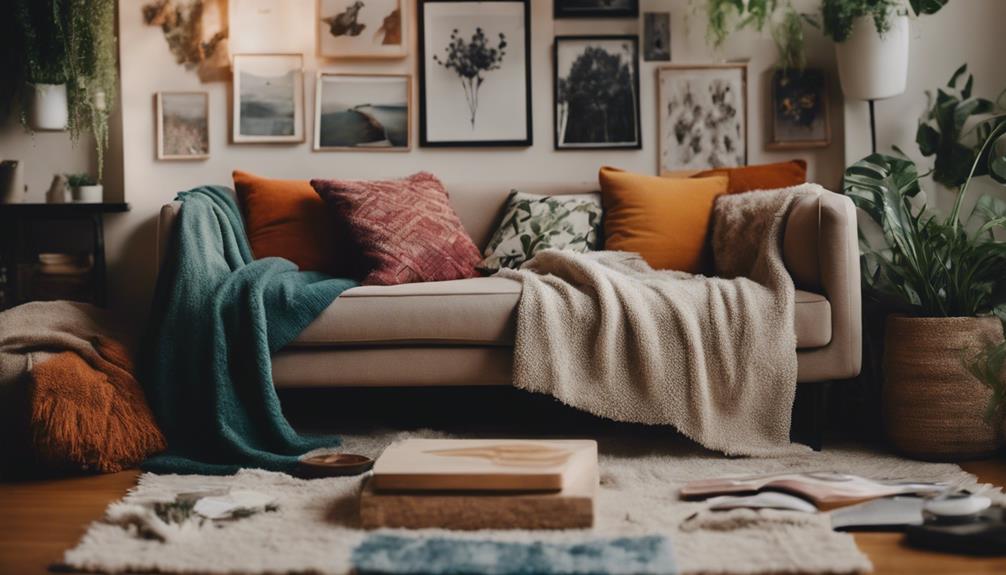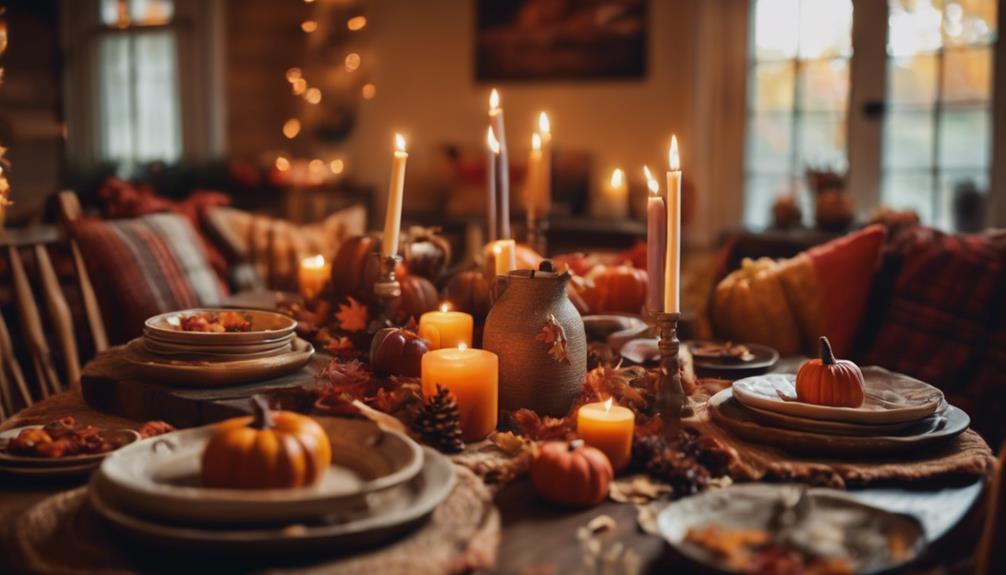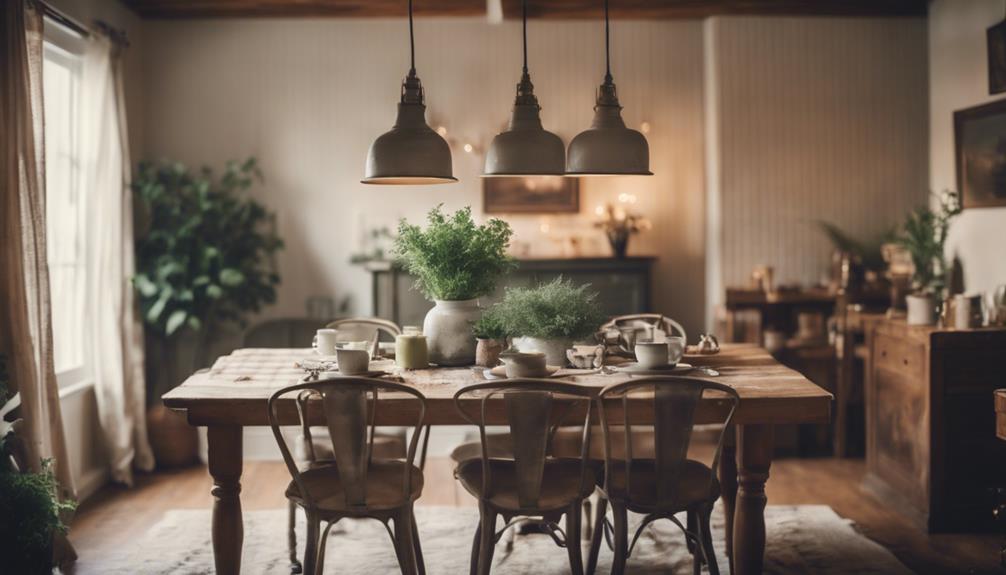Tanning has significant dangers for your skin that should be taken seriously. The use of tanning beds can increase your risk of skin cancer by a shocking 75% if you are under 20. The UVA rays can harm your skin’s DNA, while the UVB rays can cause sunburns and other skin problems. Even if you try to get a “base tan,” it won’t protect you; it will only make the damage worse. Too much exposure can result in redness, peeling, and even blisters. Prioritize your skin’s health by exploring safer alternatives like self-tanning products. If you are interested in maintaining healthy skin, there is important information ahead.
Key Takeaways
- Tanning beds increase skin cancer risk by 75% for individuals under 20 due to DNA damage from UVA rays.
- There is no safe "base tan"; any tanning increases skin damage and cancer risk.
- Always use protective eyewear in tanning beds to shield your eyes from harmful UV exposure.
- Opt for sunless tanning products like lotions or sprays to achieve a bronzed look without UV risks.
Health Risks of Tanning Beds
Tanning beds greatly raise your risk of skin cancer, especially melanoma, with studies showing a staggering 75% increased risk for those under 20.
When you expose your skin to the UVA rays emitted by these beds, you're damaging your DNA, which can lead to cancer over time.
You might believe that achieving a base tan offers protection, but that's a myth—it only worsens skin damage.
Overexposure can also lead to immediate skin issues like redness, peeling, and tenderness, signaling that it's time to reconsider your tanning habits.
Remember, your skin is your body's largest organ, and protecting it should be a priority.
Awareness and caution are essential to keep your skin healthy and cancer-free.
Understanding UV Radiation

UV radiation, which comes from both natural sunlight and artificial sources, plays a significant role in skin health and can greatly influence your risk of developing skin conditions.
There are two primary types of UV rays: UVA and UVB. UVA rays penetrate deeply, causing premature aging and increasing cancer risk. UVB rays primarily affect the surface, leading to sunburn and skin damage. Both types contribute to skin cancer, making it essential to understand their effects.
When you're exposed to UV radiation, your skin produces melanin, which darkens your skin as a defense mechanism. However, this natural response doesn't provide adequate protection against damage.
Being aware of UV radiation's impact is vital for maintaining healthy skin and reducing your risk of serious skin conditions.
Safety Tips for Tanning Bed Users
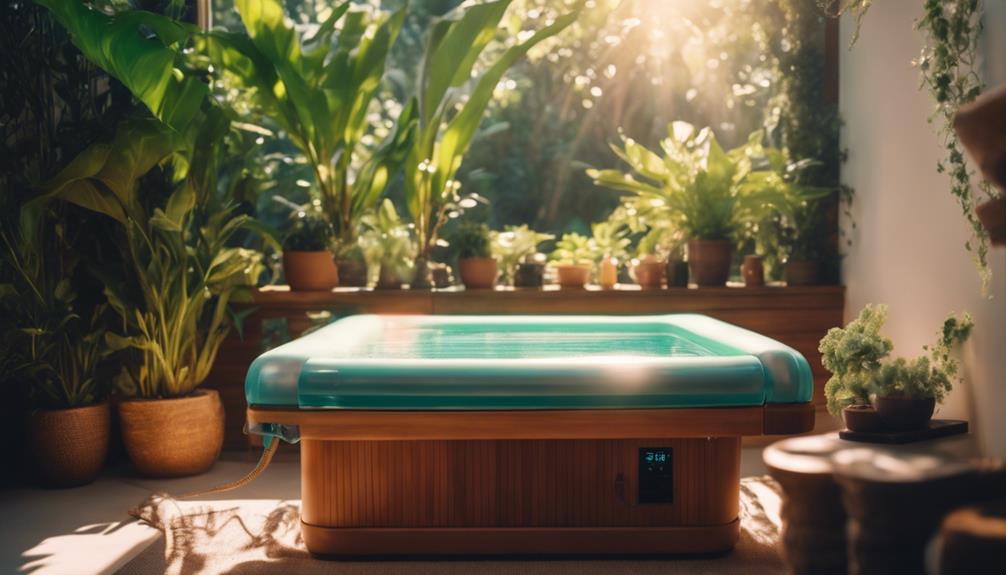
To guarantee a safer tanning experience, limit your sessions and always follow manufacturer guidelines. Here are some essential safety tips for tanning bed users:
Use Protective Eyewear: Always wear FDA-approved goggles to shield your eyes from harmful UV rays.
Check Salon Hygiene: Inquire about the salon's cleaning protocols and ascertain tanning beds are properly disinfected.
Limit Exposure Time: Stick to recommended tanning durations to minimize skin damage and lower cancer risks.
Consult a Dermatologist: Before starting sessions, get personalized advice based on your skin type and health status.
Alternatives to Indoor Tanning

Exploring safer alternatives can help you achieve a bronzed look without the risks associated with indoor tanning.
Self-tanning lotions and sprays are excellent options, giving you a sun-kissed glow without harmful UV exposure. Consider professional spray tans for immediate results or gradual tanning lotions that build color over time.
Bronzing powders provide a quick fix, perfect for special occasions. Sunless tanning products containing DHA are a safer choice than traditional tanning methods.
Remember to emphasize your natural skin tone with proper skincare, consistent sunscreen application, and protective clothing to maintain overall skin health.
Preparing Your Skin for Tanning

Preparing your skin properly can make a significant difference in achieving an even and long-lasting tan. Follow these steps to enhance your tanning experience:
- Exfoliate: Remove dead skin cells with a gentle scrub to guarantee a smooth canvas for tanning.
- Moisturize: Hydrate your skin afterward to prevent dry patches that can lead to uneven color.
- Shave or Wax: Do this at least 24 hours before tanning to avoid irritation and allow your skin to calm down.
- Avoid Fragrances and Oils: These can create barriers that inhibit even tanning, so steer clear of them before your session.
Choosing the Right Tanning Products
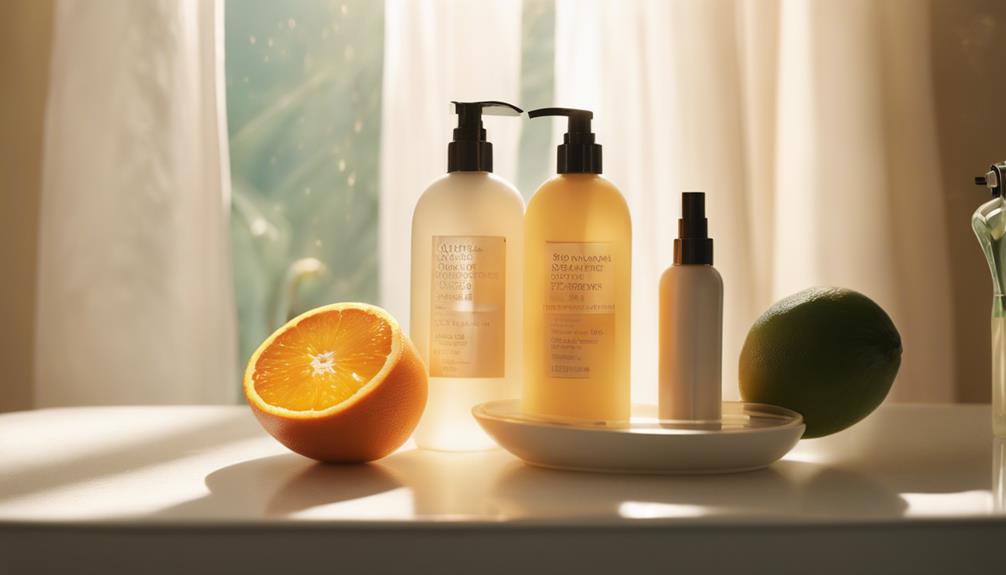
Choosing the right tanning products is vital for achieving a natural-looking glow while minimizing skin damage.
Start by selecting sunless tanning lotions or sprays that contain DHA, which safely darkens your skin without UV exposure. Look for products designed for your skin tone to guarantee a seamless finish.
Exfoliate and moisturize before application to prevent uneven patches. Always test a small area in natural light to avoid streaks.
If you prefer instant results, consider professional spray tans as a safe option. For daily color maintenance, use gradual tanning lotions.
Recognizing Signs of Overexposure
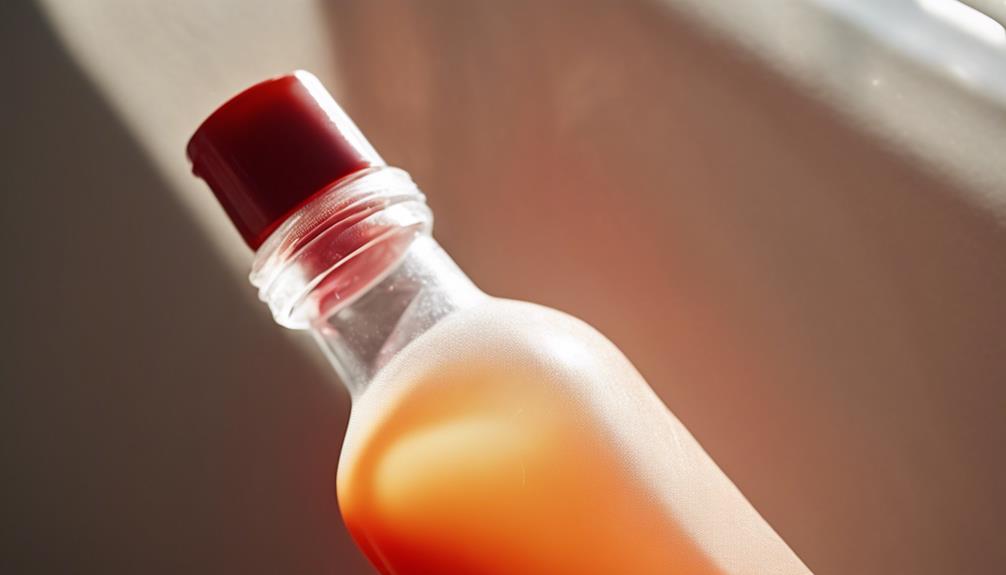
Recognizing the signs of overexposure to UV rays is essential for maintaining your skin's health and preventing long-term damage. If you notice any of these symptoms, it's time to rethink your tanning habits:
- Redness or sunburn – Your skin may feel hot and tender to the touch.
- Peeling skin – This indicates your skin is damaged and healing.
- Dizziness or nausea – These can be signs of overheating or dehydration.
- Blistering – This serious condition requires immediate care and indicates severe damage.
Listening to your body is vital. If you experience any of these signs, it's best to take a break from tanning and consult a dermatologist for personalized advice.
Your skin deserves the best care!
Frequently Asked Questions
Can Tanning Beds Provide Adequate Vitamin D Levels?
Tanning beds can't provide adequate vitamin D levels. They primarily emit UVA rays, which don't stimulate vitamin D production like UVB rays do. Instead, consider safe sun exposure or supplements for your vitamin D needs.
How Often Should I Use a Tanning Bed Safely?
You should limit tanning bed sessions to once every few weeks to reduce skin damage. Always follow the manufacturer's guidelines, and consider consulting a dermatologist for personalized recommendations based on your skin type and health status.
Are There Specific Skin Types More Prone to Tanning Damage?
You'd be surprised how much your skin type influences tanning damage. Fair-skinned individuals, especially those with freckles or red hair, are more prone to burns and long-term damage. Always tailor your tanning approach to your unique skin.
What Are the Long-Term Effects of Indoor Tanning on Skin?
Indoor tanning leads to long-term skin damage, increasing your risk of skin cancer, premature aging, and uneven skin tone. You might notice wrinkles, dark spots, and a higher likelihood of developing skin conditions over time.
Can I Combine Self-Tanners With Tanning Bed Use?
Think of your skin as a delicate canvas. You can combine self-tanners with tanning bed use, but be cautious. Overexposure may lead to uneven results and increased damage. Prioritize skin health over aesthetic appeal.
What Are the Risks of Tanning and How Can I Protect My Skin?
Many people are unaware of the serious health risks of tanning, including an increased risk of skin cancer, premature aging, and damage to the skin. To protect your skin, it is essential to always use sunscreen, avoid tanning beds, and seek shade during peak sun hours. Prioritize your skin health.
Conclusion
In the quest for the perfect tan, remember that beauty shouldn't come at the expense of your health.
Just as a rose needs careful tending to bloom, your skin deserves the same care.
By understanding the risks of tanning beds and embracing safer alternatives, you're not just protecting your skin; you're investing in your future. One safer alternative to tanning beds is using self-tanning lotions or sprays, which can give you a natural-looking tan without the harmful UV exposure. Another option is to customize your tanning by seeking out professional spray tanning services that can give you a personalized and even tan without the risks associated with tanning beds. By choosing these alternatives, you can still achieve a sun-kissed look while keeping your skin healthy and reducing your risk of skin cancer.
Choose wisely, stay informed, and let your natural glow shine without the shadow of harm lurking behind it.
Your skin will thank you!
